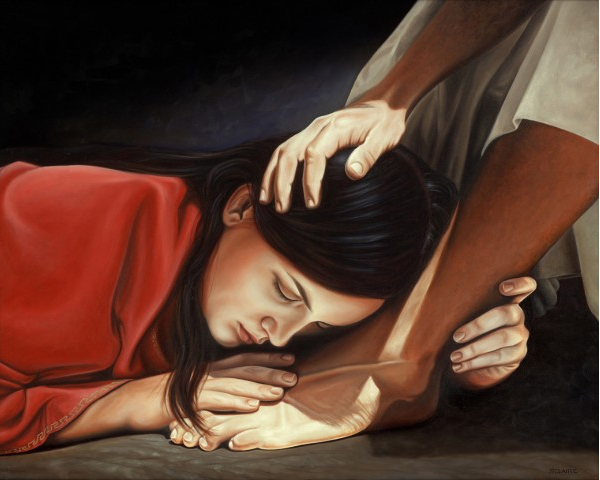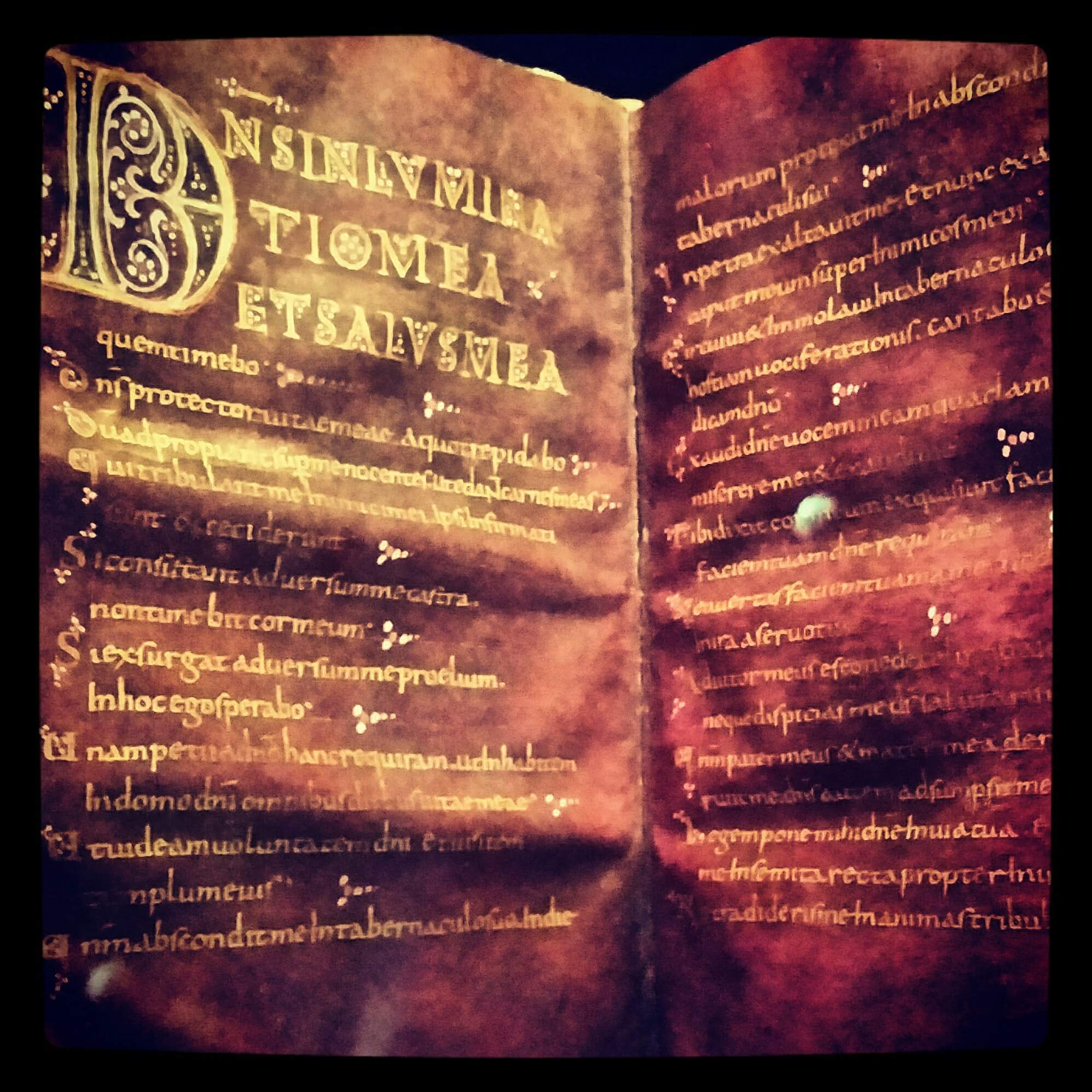This article is the fifth in a series on Meals with Jesus which formed part of this year’s Lent course. This fifth is on the pericope of Mary’s anointing of Jesus, John 12·1–11.

There’s no place like home, and this place offers security, love and comfort in the midst of spiraling tensions in Jesus’ ministry. Perhaps we all got too comfortable, and when the love and friendship overflowed in an attempt to push those fears aside, they came right back in with fears and hates expressed by one thought to be a friend.
This house in Bethany — the House of the Lord’s Grace — is the place of Jesus’ greatest victory, raising Lazarus from the dead. Here the Pharisees would only point and whisper, not confront and condemn.
It had been a long journey, with little comfort, so reclining on cushions around a table laden with food, surrounded by friends, was a joy. We were looking forward to celebrating the Passover in Jerusalem, but there were fears of what it might bring.
We smelt it first, as Mary came in with the box after dinner. We didn’t know that scent, but it was Matthew Levi or Judas Iscariot who, in hushed tones, told us of this precious Indian plant. We shifted on our cushions, cleared our throats and examined the patterned cloth that covered the dining table. We couldn’t watch this embarrassing display, and Jesus’ accepting of it. We wished someone would say something.
Our friend Judas Iscariot was the lone voice of reason amidst our shock. It was he who knew the cost of the nard, and he who found the charitable sentiment that it would do better good to sell it and give the money to the poor. That would have been a truer act of service.
But Jesus sat and accepted the exceedingly lavish act of devotion from this woman. “Let her alone,” he said. “She’s getting me ready for my burial. The poor will always be with you, but you will not always have me.”
And we were right back in our fearful wanderings, wishing we could take it back, kneel at his feet and weep over them, saying, “Lord, stay with us always!”
Notes
The narrative begins six days before Passover. That introduction serves to increase the reader’s sense of tension, but it also suggests that this meal in Bethany serves as a type of the Last Supper, which, in John’s Gospel, focuses on the washing of feet. In this way, Lazarus, Mary and Martha are contrasted with the disciples. Their experience of death and bereavement, and how faith in Jesus has transformed them is a foretaste of the resurrection. Mary is particularly contrasted with Judas Iscariot: one extravagant, the other penny pinching, one absolutely sure of Jesus’ mission, the other doubting him.
Mary’s act of anointing Jesus is full of significance. The perfume she uses is spikenard, brought from the Himalaya by Parthian traders. The head representing human dignity and authority, and the feet representing human shame, Mary’s placing her head to Jesus’ feet symbolizes total submission and worship. Perhaps this can inform us about how our worship of Christ might be: it has aspects that are economic, physical, emotional and symbolic.
It is Judas Iscariot who mentions the cost of the perfume and that it should have been sold and the money distributed to the poor. This also prefigures the Last Supper, at which Judas Iscariot, who keeps the common purse, leaves, and the disciples reckon that Jesus has sent him to buy provisions and give alms. This certainly puts our obsession with money in focus.
Jesus tells that Mary bought the nard for his burial, this time prefiguring the women bringing ointments to the grave early Easter morning. In both this type and its fulfilment, women have the advantage over the disciples and the greater insight.
